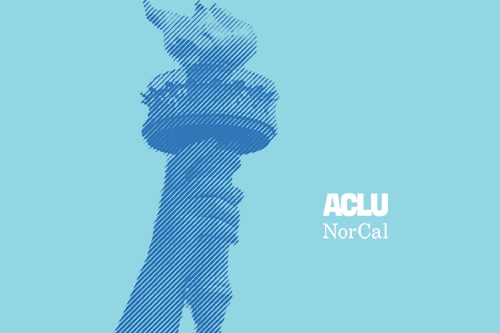The Dream 9, Immigration Detention and Solitary Confinement
Page Media

(This article originally appeared in NBC Latino on August 9, 2013.)
Last night, Rachel Maddow interviewed one of the so-called Dream 9 – nine young men and women who were brought to the United States as children, without documents, and who recently staged a bold public action when they re-entered the country from Mexico, again without documents, knowing that they would likely be detained immediately upon arrival by U.S. immigration agents. On the Rachel Maddow Show, Lulu Martinez described her experience of being held in solitary confinement for 8 days at Eloy Detention Center in Arizona – punishment, she said, for providing information, with another Dream 9 woman, about a free legal hotline to her fellow detainees, and for encouraging them to “chant and speak out against injustices that were happening in the detention center.”
Typically, solitary confinement completely isolates immigration detainees: They are generally confined to a small jail cell for twenty-three hours a day, with little to no human contact, and a slot in the door through which officers pass their meals. In some Immigration and Customs Enforcement (ICE) facilities, their one hour of daily “rec” time takes place in a human-size cage or in a narrow concrete yard outdoors behind high concrete walls. The maximum time “per violation” that ICE can hold a person in solitary is 30 days, although ICE can also put a person in solitary confinement indefinitely for other reasons; UN experts have said that more than 15 days in solitary can constitute torture.
How is this practice permissible in our nation’s civil immigration detention system? The problem is that ICE uses jails and jail-like facilities across the country to hold immigrants for a limited purpose – to make sure they show up for all their hearings. Generally, their cases are pending, so it’s akin to holding people in jail who have been charged but not convicted or sentenced. ICE’s authority to detain is civil, not criminal, and in fact nearly half of ICE detainees have no criminal record at all. Those who do have already done their time in the criminal justice system. Immigrants in detention include longtime lawful permanent residents, asylum seekers, and, like the Dream 9, individuals who are American in all ways but their papers. ICE holds about 400,000 people annually in its immigration detention system, at a cost to taxpayers of $2 billion.
A New York Times review of ICE data found that as many as 300 ICE detainees daily are held in solitary, out of about 34,000. The rate is not surprising, given that 80,000 prisoners across the country are held in solitary on any given day. Despite a growing movement to stop solitary and increasing awareness that these practices violate the human rights of any person subjected to them, this is how most U.S. jails and prisons are run.
Back in March, in response to the Times expose, the U.S. Department of Homeland Security made a welcome promise to conduct a review of its solitary confinement practices. But as long as ICE continues to use jails and jail-like facilities – rather than putting immigrants in its custody on effective, less costly, and more humane alternatives to detention – we’ll continue to see the same misuse and overuse of this extreme practice. It’s un-American, as any one of the Dream 9 will tell you.
The authors are, respectively, Director of Strategic Initiatives at the ACLU of Northern California and Legislative Policy Analyst at the ACLU
